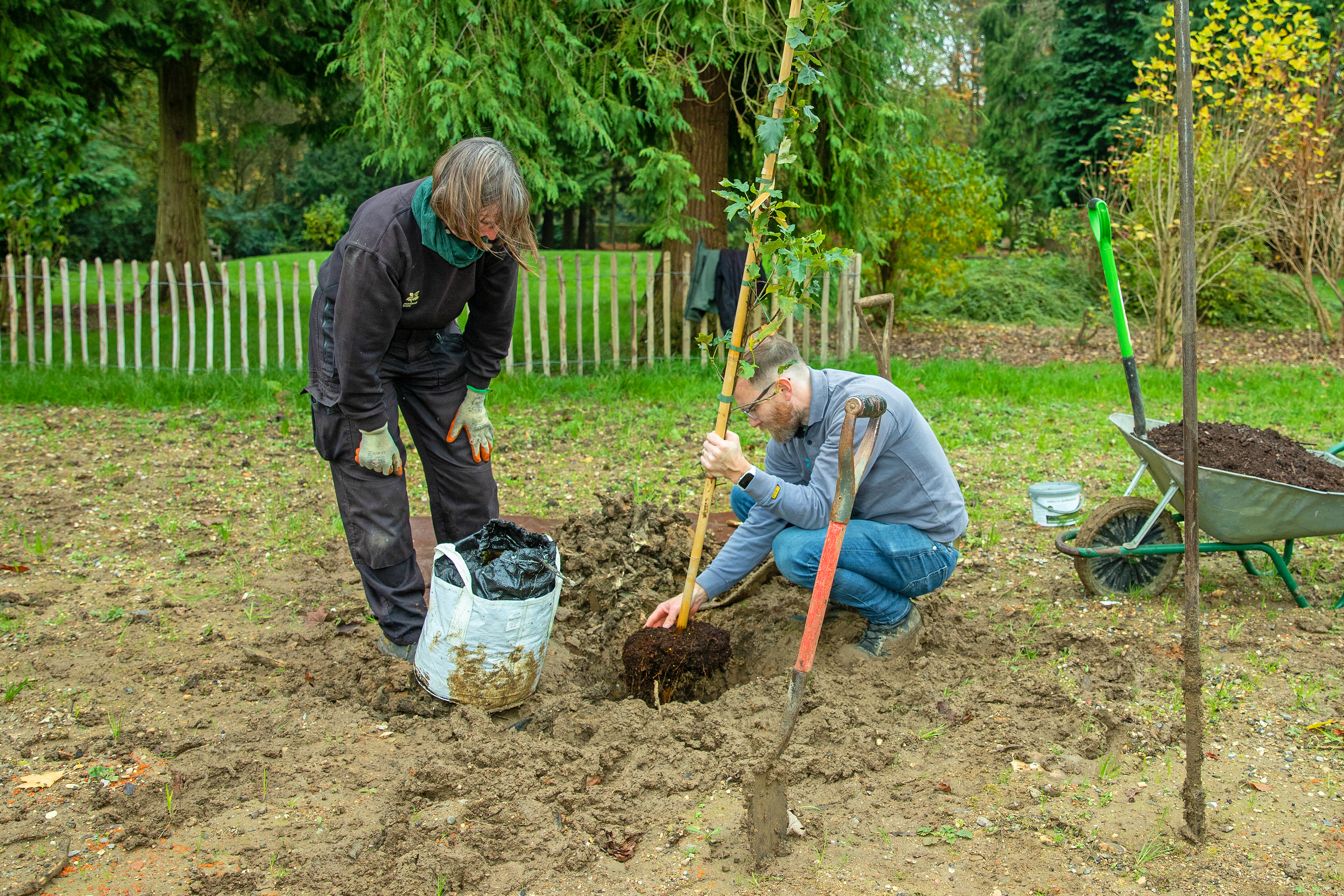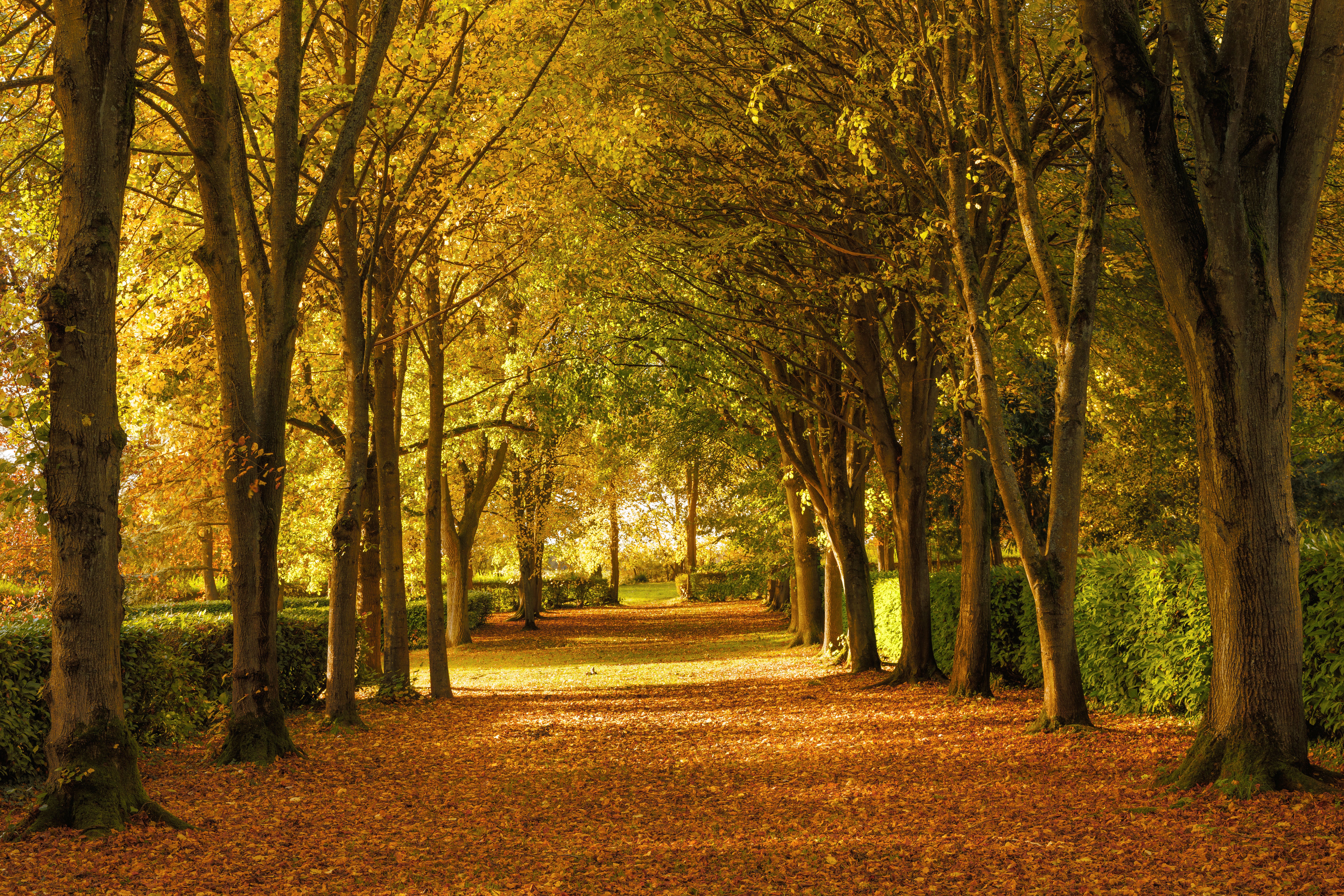Tree cathedral planted as war memorial restored after ash dieback devastation
Whipsnade Tree Cathedral’s ‘cloister wall’ ash trees have been felled and replaced with resilient wild service trees.

The “cloisters” of a tree cathedral planted as a memorial following the First World War have been restored after being devasted by ash dieback, the National Trust said.
Whipsnade Tree Cathedral in Bedfordshire was planted by Edmund Blyth as a living memorial for lost comrades and friends, and is planted in the shape of a traditional cathedral with an array of trees, shrubs and plants forming the nave, chancel, transepts, cloisters and side chapels.
But ash trees added as an extension to the cathedral in 1938 to form one of two “cloister walks” had to be felled earlier this year after they were weakened by the fungal disease ash dieback, the National Trust said.

The species, which was once widespread in England, will be naturally more resistant to disease and the changing climate, the trust said.
Paul Druce-Collins, lead ranger for the National Trust at Dunstable Downs, said: “The tree cathedral is an exceptional place, connecting people to nature and history.
“But over the last few years ash dieback has sadly made the eventual loss of the cathedral’s ash trees, which formed part of the cloisters section – in effect a grand avenue – inevitable.
“Earlier this year the infected trees were felled to make way for the more resilient species of wild service trees.
“It’s important to us to retain the structure of the cathedral and wild service trees are ideal. They will grow to a similar size, shape and crown size as an ash tree, providing beautiful blossom in spring and vibrant colour in autumn.”
He added there were no wild service trees in the cathedral, so the planting of the saplings would enhance the ecosystem, boosting biodiversity, attracting pollinators and providing wildlife habitat.

Trees across the country are also at risk from the changing climate which can exacerbate the impacts of disease and make areas where native species once thrived no longer suitable for them to grow.





